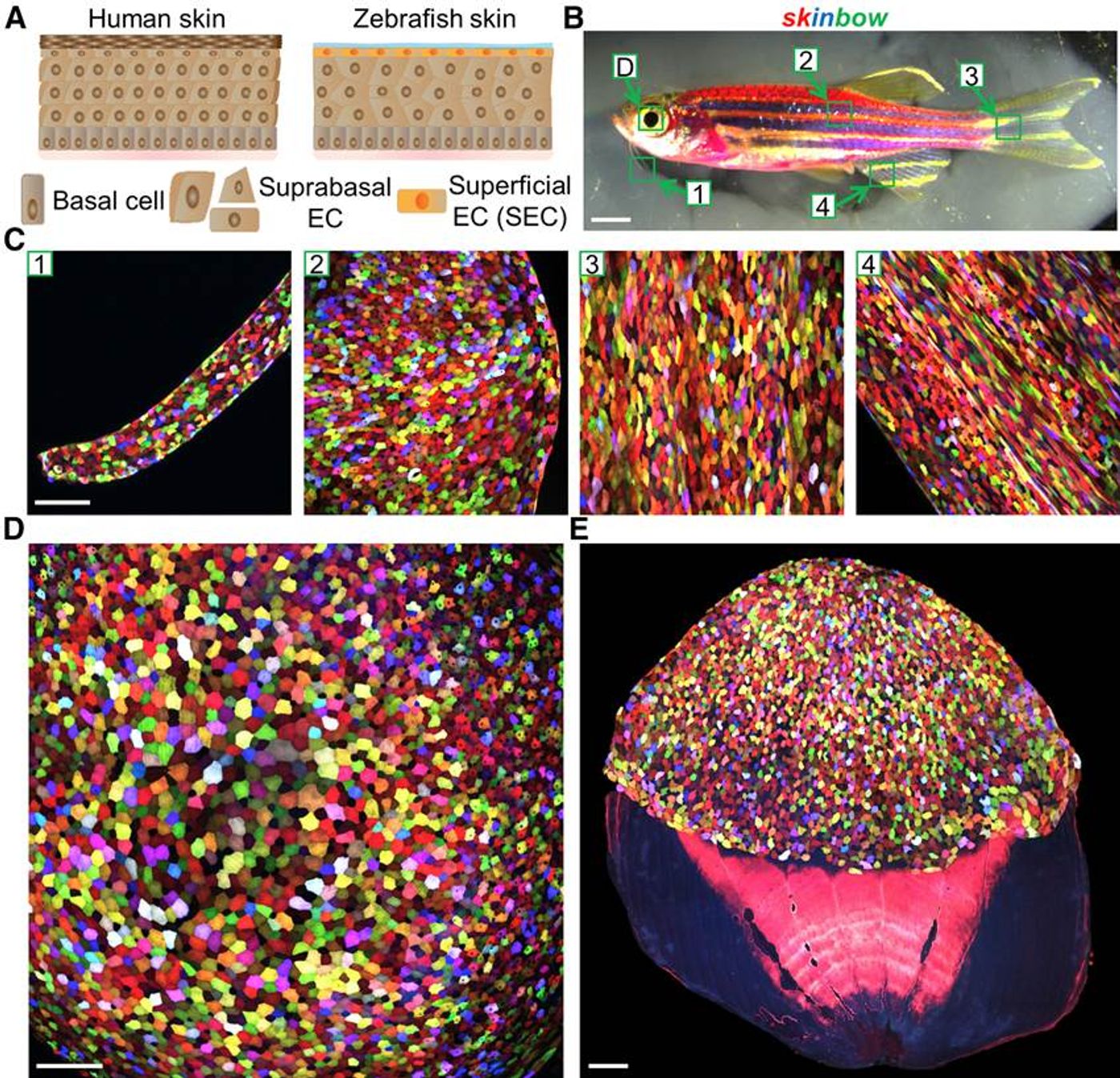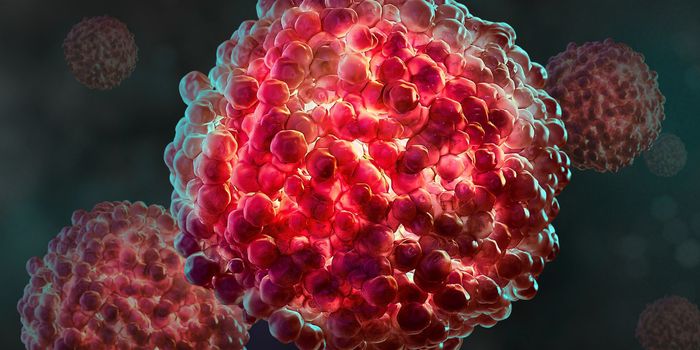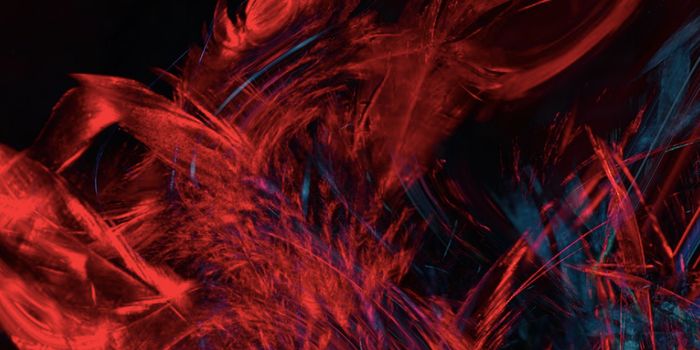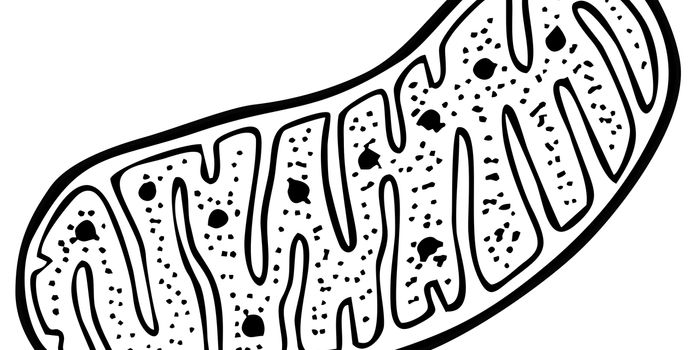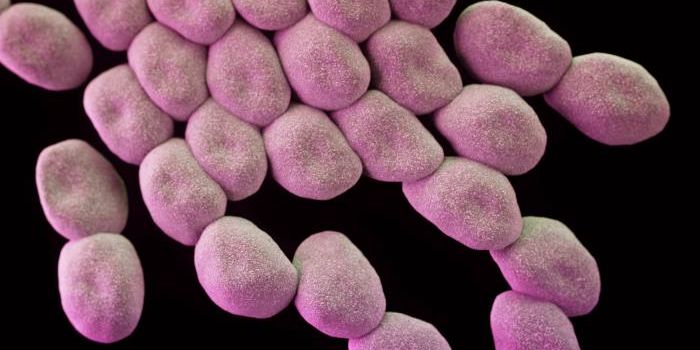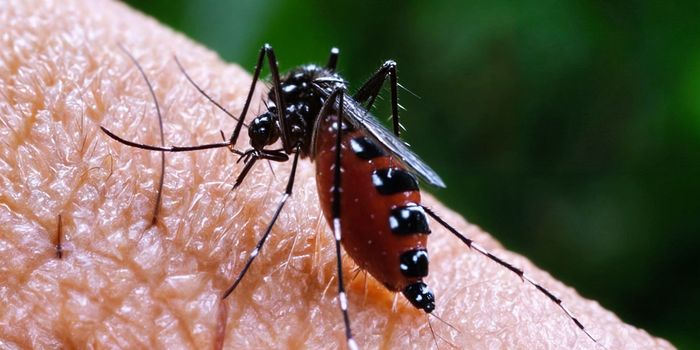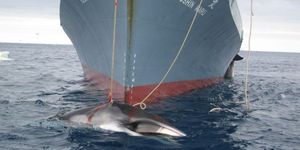Live imaging studies of epithelial tissue have thus far been limited by monochromatic tagging of specific epithelial cell subpopulations. A group at Duke University Medical Center lead by Kenneth Poss has overcome this limitation with the creation of the transgenic
skinbow zebrafish. The goal behind this creation, in their words, is to “provide a high-resolution quantification of transitory, dynamic, and collective activities of epithelial cells during homeostatic maintenance, as well as how these cell behaviors are modulated after injury or during disease.” Basically, by creating a zebrafish with individual cells permanently labeled with a specific color, they are able to track the regeneration of epithelial cells in homeostasis and following injury in real-time. Not only is the
skinbow a powerful research tool that has provided insights into epithelial regeneration, it also looks insanely cool.
Before creating the
skinbow zebrafish, the researchers identified three things they needed to make their vision a reality. They needed an adult epithelial tissue section that is highly regenerative and also easily accessible for imaging, a method for stably and individually labeling each cell in the epithelial tissue with an
in vivo tag, and cell tracking software for large-scale surveillance. Using Brainbow-based multicolor labeling, they were able to individually label superficial epithelial cells (SECs) covering the zebrafish, and that is the
skinbow used in these studies.
Epithelial tissue has a very specific structure. The cells in the superficial and suprabasal levels of epithelium do not undergo cell division, but are instead replenished by differentiated epithelial cells that are derived from a pool of stem cells located in the underlying basal layer. With
skinbow, the researchers were able to track the normal cycle of epithelial regeneration and also how that process changes when the epithelium is repairing an injury. Check out the video below to see the colorful SECs in action and to hear from principal investigator Kenneth Poss.
Source:
Developmental Cell
